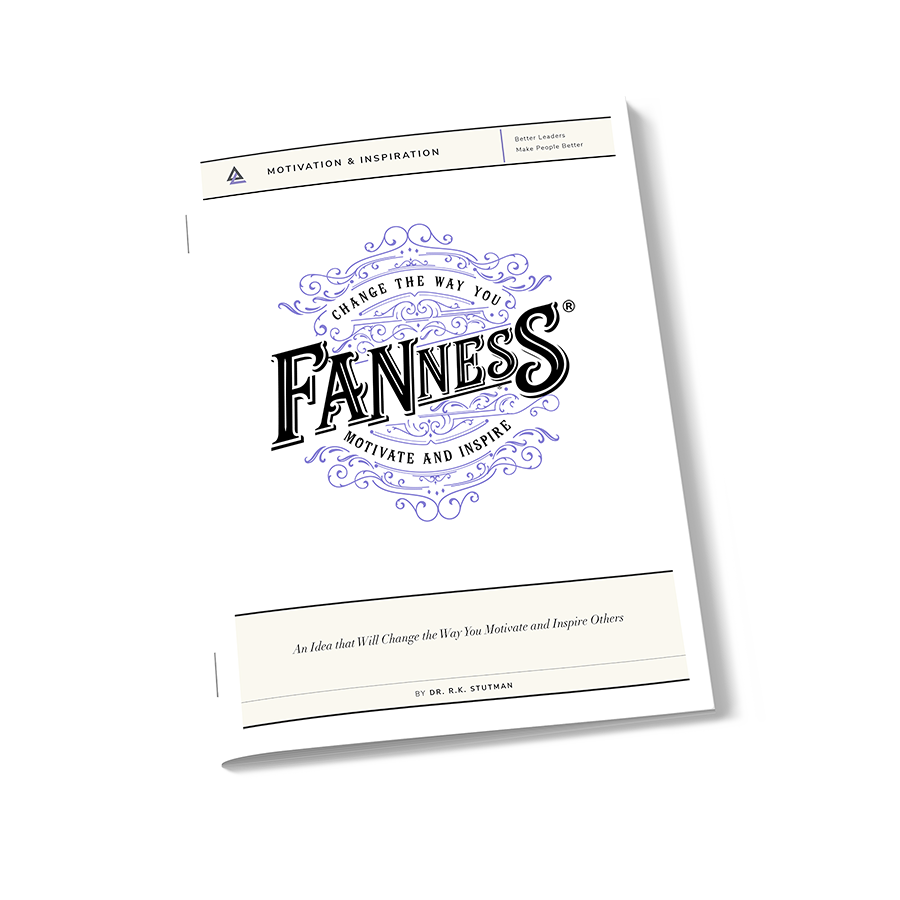Leaders vary widely when it comes to risk.
Some leaders operate conservatively and prefer stability and low-risk choices, while others have a larger appetite for taking a chance and pursuing potential opportunities.
Knowing the risk appetite of a leader is central intelligence, as it helps team members decide what proposals and ideas to push forward and what persuasive messages would work best to win support for them.
Assessing your leader’s tolerance for risk comes down to making a few astute observations.
By keeping your eyes open to how they handle big decisions, react when things go wrong, and adhere to protocols and processes, you can learn where they lie on the risk continuum.
Finding their comfort zone comes down to making four observations that reveal how risk-adverse or risk-comfortable your leader is.
First, observe how your leader moves toward or away from anything new.
New projects, investments, and decisions provide a telltale sign about their risk tolerance.
Leaders with a higher risk appetite tend to make bolder moves and allocate resources to innovative and unproven initiatives, while risk-adverse leaders consistently choose established paths and go slowly when charting new ground.
Look for a pattern about how they orient to anything new that requires even the slightest risk.
Next, observe how they seek improvement in existing processes and outcomes.
Are they inclined to experiment, test out new ideas, and pilot unproven initiatives, or are they more likely to shy away from new trials and testing?
Risk-adverse leaders cling to established protocols and processes and insist others follow them religiously. Risk-aggressive leaders insist there are always improvements to make and ask others to find a new way.
Another observation to make is how often the leader speaks about problems versus opportunities. This doesn’t sound like much, but it is a big predictor of risk tolerance.
High-risk takers focus much more on the future and the opportunities that present themselves, whereas risk-adverse leaders ground themselves in the present and like to wrestle with problems themselves rather than delegate them to others.
The last sign of risk tolerance is how a leader reacts after a project goes sideways or things go wrong.
Do they fixate on the mistakes made or the learnings for next time? Do they recover quickly, or do they seem deflated by the setback?
Those with a higher risk appetite generally move on quickly from disappointments and focus more on what to do next time rather than what went wrong this time. Their attention is generally forward and toward the future.
Once you have a strong view about your leader’s risk profile, you can now make proposals and recommendations that align with how they view stability and risk. Proposals that are too bold or too cautious will likely miss the mark, so calibrating your suggestions to their risk appetite is essential.
Risk is the price leaders pay for opportunity. Always remember that some are willing to pay more than others. The same applies to you.

How to Determine Your Leader’s Risk Appetite
Sign-up Bonus
Enter your email for instant access to our Admired Leadership Field Notes special guide: Fanness™—An Idea That Will Change the Way You Motivate and Inspire Others.
Inspiring others is among the highest callings of great leaders. But could there be anything you don’t know, you haven’t heard, about how to motivate and inspire?
Could there really be a universal principle that the best leaders follow? A framework that you could follow too?
There is.
Everyone who signs up for Admired Leadership Field Notes will get instant access to our special guide that describes a powerful idea we call Fanness™ (including a special 20-minute video that really brings this idea to life).
